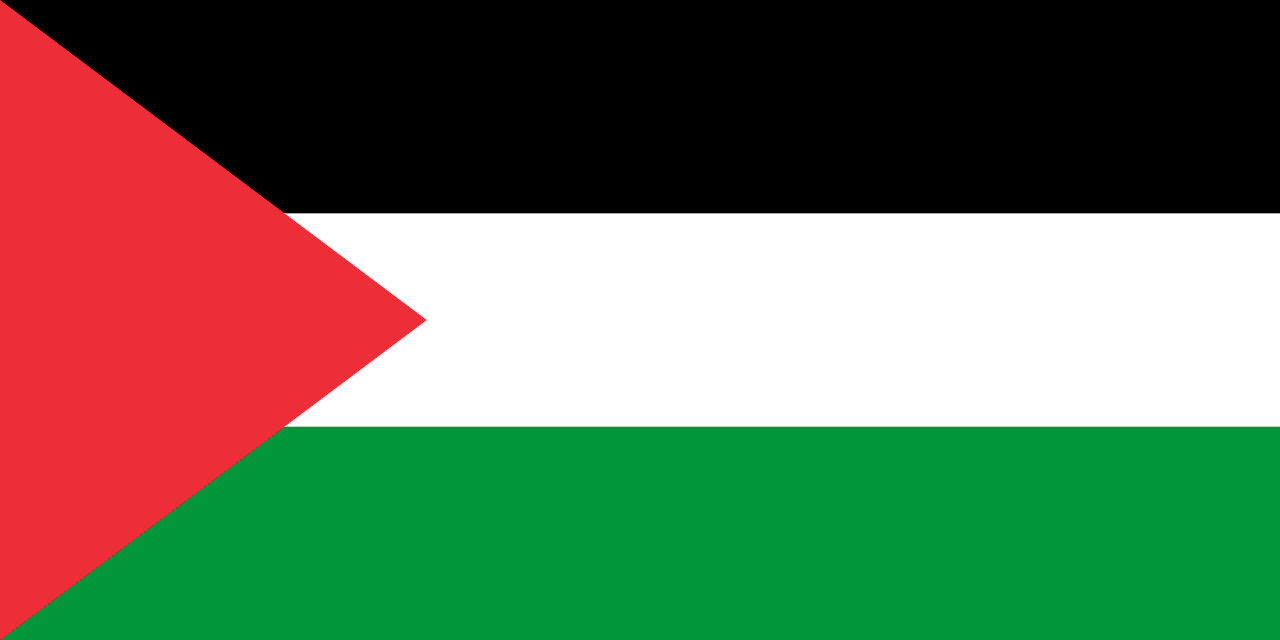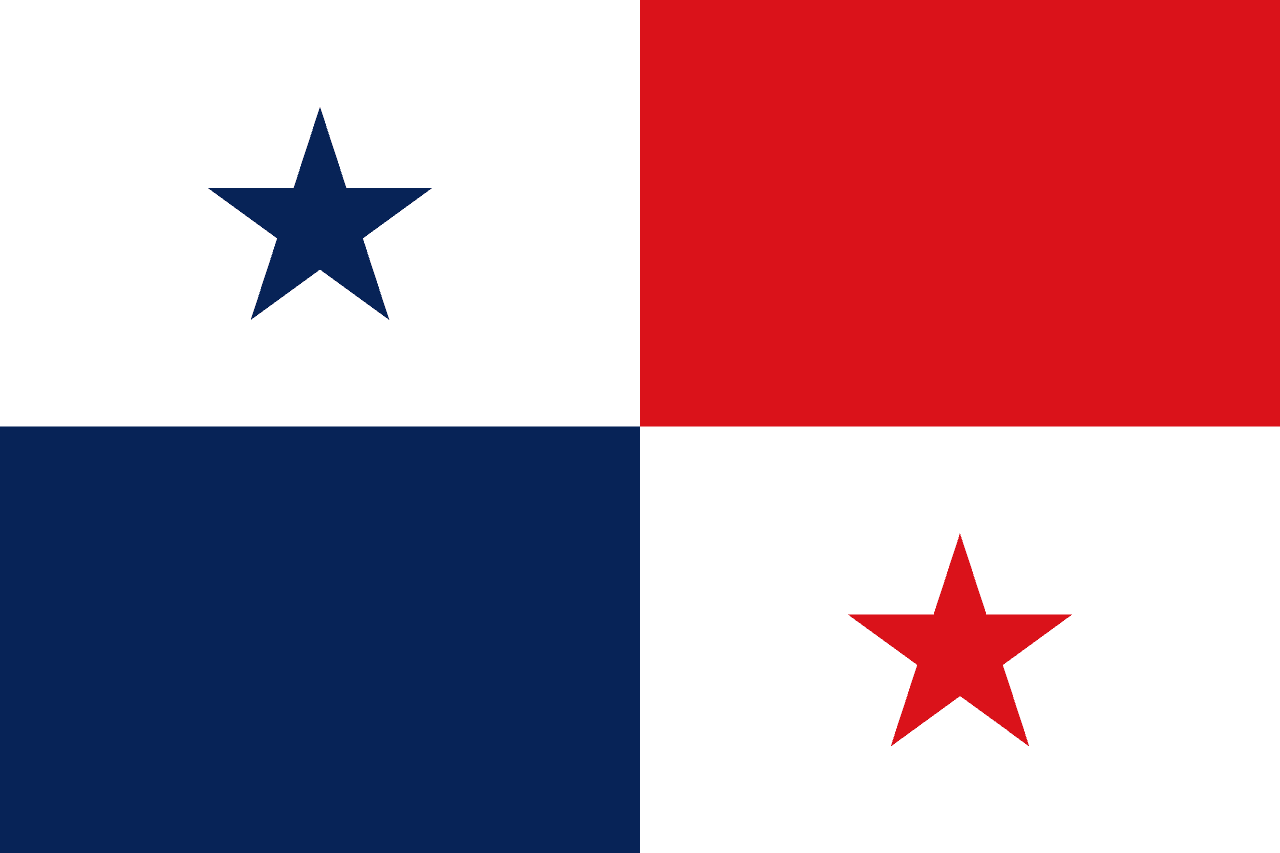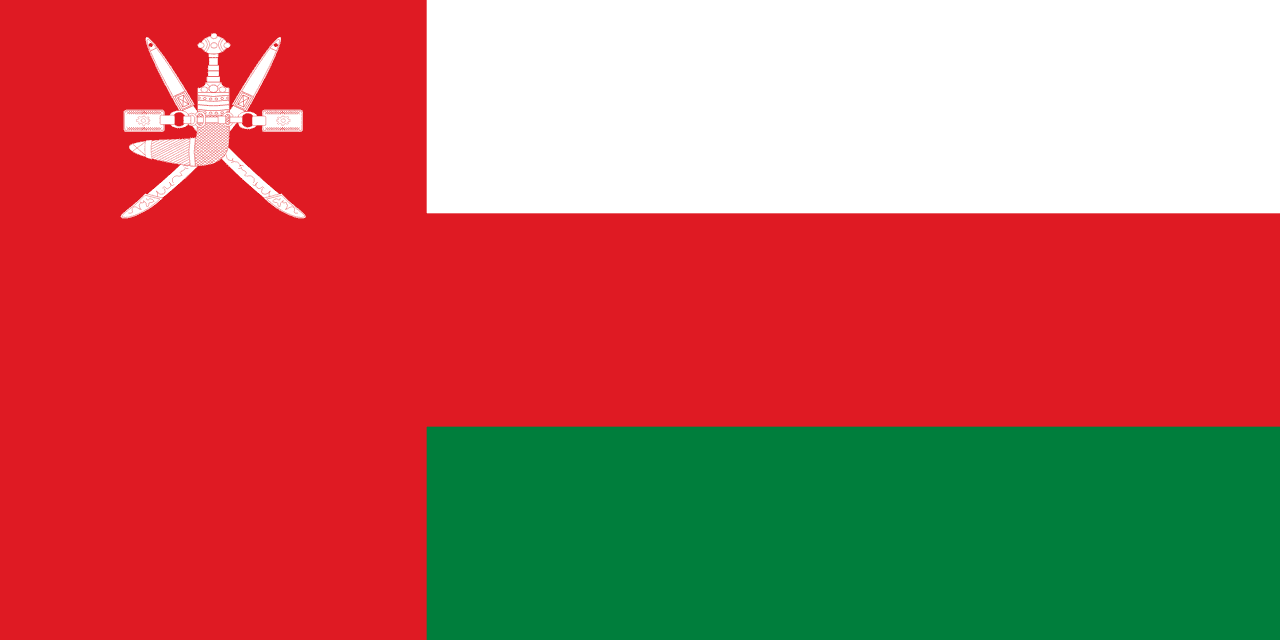La bandera de Palaos presenta un campo azul claro con un gran disco amarillo dorado ligeramente descentrado hacia el lado del asta. Este diseño simple pero llamativo encapsula la esencia de la belleza natural de Palaos, su patrimonio cultural y la conexión de su gente con el mar y el cielo.
Información sobre Palaos
| Día Nacional de la Bandera | — |
| Estado soberano | Sí |
| Nombre oficial | República de Palaos |
| Capital | Ngerulmud |
| Población | 22,051 |
| Área | 459 km² |
| Moneda | Dólar estadounidense (USD) |
| Idioma | Palauano, Inglés |
| Continente | Oceanía |
| Región | Micronesia |
| Subregión | — |
| Fronteras | Ninguna (nación insular) |
| Zona horaria | Hora de Palaos (PWT) UTC+9 |
| Código de llamada | +680 |
| Dominio de nivel superior | .pw |
Historia de la bandera de Palaos
 La bandera de Palaos fue adoptada oficialmente el 1 de enero de 1981, cuando el país se convirtió en una república después de separarse del Territorio en Fideicomiso de las Islas del Pacífico administrado por Estados Unidos. El diseño fue creado por Blau Skebong, un artista local, y fue elegido a través de un concurso nacional celebrado en 1979. La adopción de esta bandera marcó un hito significativo en el camino de Palaos hacia la independencia, que se logró plenamente el 1 de octubre de 1994.
El diseño de la bandera se inspiró en el dicho palauano "Olbiil era Kelulau" que significa "gobierno del pueblo". Representa el compromiso de la nación con la democracia y el autogobierno, al tiempo que rinde homenaje a los elementos naturales que han moldeado la vida y la cultura palauanas durante siglos.
La bandera de Palaos fue adoptada oficialmente el 1 de enero de 1981, cuando el país se convirtió en una república después de separarse del Territorio en Fideicomiso de las Islas del Pacífico administrado por Estados Unidos. El diseño fue creado por Blau Skebong, un artista local, y fue elegido a través de un concurso nacional celebrado en 1979. La adopción de esta bandera marcó un hito significativo en el camino de Palaos hacia la independencia, que se logró plenamente el 1 de octubre de 1994.
El diseño de la bandera se inspiró en el dicho palauano "Olbiil era Kelulau" que significa "gobierno del pueblo". Representa el compromiso de la nación con la democracia y el autogobierno, al tiempo que rinde homenaje a los elementos naturales que han moldeado la vida y la cultura palauanas durante siglos.
Simbolismo y diseño de la bandera de Palaos
El diseño de la bandera de Palaos está lleno de simbolismo, reflejando la geografía, la cultura y las aspiraciones de la nación. El campo azul claro representa el Océano Pacífico, que rodea el archipiélago de Palaos y juega un papel crucial en la economía, la cultura y el modo de vida del país. Este tono de azul también simboliza los cielos despejados sobre Palaos, representando la libertad y la paz. El gran disco amarillo dorado, ligeramente descentrado hacia el lado del asta, es la característica más prominente de la bandera. Representa la luna llena, que tiene una gran importancia en la cultura palauana. En la sociedad tradicional palauana, la luna llena se consideraba el momento óptimo para muchas actividades humanas, incluyendo la pesca, la siembra, la cosecha y la realización de eventos comunitarios importantes. La posición ligeramente descentrada de la luna es intencional y tiene un significado más profundo. Representa el camino de Palaos hacia la independencia y la autosuficiencia, avanzando mientras se mantiene arraigado en sus raíces y tradiciones culturales. La simplicidad del diseño también refleja la naturaleza directa del pueblo palauano y su relación armoniosa con su entorno. El contraste entre el fondo azul y el disco amarillo crea un efecto visualmente llamativo, haciendo que la bandera de Palaos sea una de las más reconocibles en la región del Pacífico.
Uso y significado de la bandera de Palaos
 La bandera de Palaos tiene una inmensa importancia como símbolo de identidad nacional, unidad y soberanía. Se muestra prominentemente en edificios gubernamentales, escuelas y durante ceremonias oficiales en todo el país. La bandera juega un papel central en las celebraciones nacionales, particularmente durante el Día de la Independencia de Palaos el 1 de octubre, cuando las islas se llenan de decoraciones azules y amarillas.
En la vida diaria, la bandera palauana sirve como un recordatorio de la independencia duramente ganada de la nación y su compromiso de preservar su patrimonio cultural único mientras abraza la modernidad. A menudo se ve ondeando junto a las banderas de los 16 estados de Palaos, reflejando el sistema de gobierno del país que equilibra la unidad nacional con el respeto por las identidades regionales.
Internacionalmente, la bandera palauana representa al país en funciones diplomáticas, eventos deportivos y foros globales. Simboliza la soberanía de Palaos y su papel como un pequeño pero significativo actor en los asuntos del Pacífico, particularmente en áreas de conservación ambiental y desarrollo sostenible.
La bandera de Palaos tiene una inmensa importancia como símbolo de identidad nacional, unidad y soberanía. Se muestra prominentemente en edificios gubernamentales, escuelas y durante ceremonias oficiales en todo el país. La bandera juega un papel central en las celebraciones nacionales, particularmente durante el Día de la Independencia de Palaos el 1 de octubre, cuando las islas se llenan de decoraciones azules y amarillas.
En la vida diaria, la bandera palauana sirve como un recordatorio de la independencia duramente ganada de la nación y su compromiso de preservar su patrimonio cultural único mientras abraza la modernidad. A menudo se ve ondeando junto a las banderas de los 16 estados de Palaos, reflejando el sistema de gobierno del país que equilibra la unidad nacional con el respeto por las identidades regionales.
Internacionalmente, la bandera palauana representa al país en funciones diplomáticas, eventos deportivos y foros globales. Simboliza la soberanía de Palaos y su papel como un pequeño pero significativo actor en los asuntos del Pacífico, particularmente en áreas de conservación ambiental y desarrollo sostenible.
Datos interesantes sobre la bandera de Palaos
- La bandera de Palaos es una de las pocas banderas nacionales que no contiene los colores rojo, blanco o verde.
- El diseño de la bandera la convierte en una de las banderas más fácilmente reconocibles en Micronesia y la región del Pacífico en general.
- Palaos es conocido por su espectacular vida marina y fue uno de los primeros países en crear un santuario de tiburones, reflejando el compromiso de la nación con la conservación del océano simbolizado por el azul en su bandera.
- El disco amarillo dorado en la bandera a veces se refiere como un "dólar palauano", señalando humorísticamente su parecido con una moneda y el uso del dólar estadounidense como moneda en el país.
- En la cultura palauana, el ciclo de la luna representado por el disco de la bandera sigue siendo importante para la sincronización de prácticas y celebraciones tradicionales.





